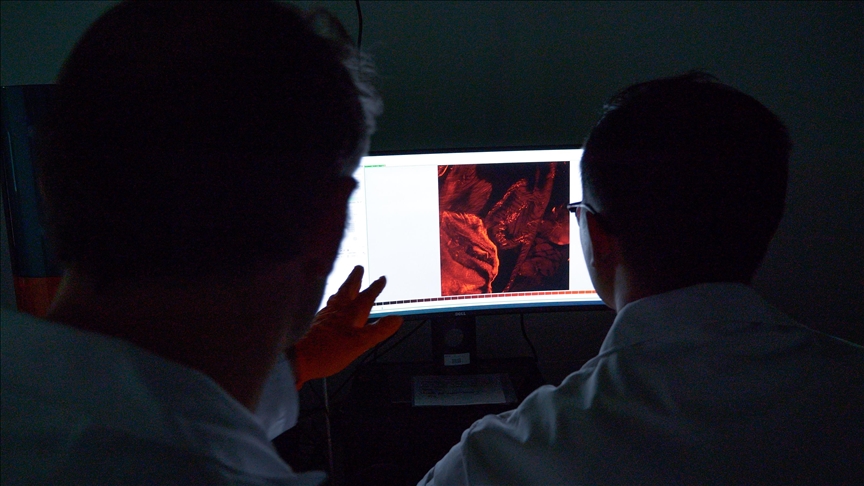Scientists identify immune 'switch' to help body fight off cancer
Breakthrough method turns ‘cold’ tumors into immune targets, raising hope for lasting cancer control

ANKARA
Researchers at Johns Hopkins All Children’s Hospital have discovered a way to activate the body’s immune system to recognize and destroy cancer cells previously invisible to it, media reports said on Thursday.
The study, published in Nature Immunology, shows that by stimulating two key immune pathways, scientists turned immune-resistant tumors into “immune-hot” ones capable of being attacked by the body’s natural defenses, according to Science Daily.
The experiments were conducted in mouse models of breast, pancreatic, and muscle cancers.
The approach not only suppressed tumor growth but also created a long-term immune memory, improving survival rates and reducing the likelihood of recurrence.
"By building the right immune infrastructure inside tumors, we can potentiate the patient's own defenses, both T cell and B cell arms, against cancer growth, relapse, and metastasis," the outlet quoted Masanobu Komatsu, senior scientist and lead author of the study, as saying.
Many tumors are considered “immune cold,” meaning they lack the immune cell activity needed for conventional treatments like immunotherapy to work.
The Johns Hopkins team sought to change this by stimulating the tumor environment with immune-activating molecules.
They focused on strengthening tertiary lymphoid structures (TLSs), which are clusters of immune cells that play a critical role in organizing immune attacks.
TLSs are typically found in immune-hot tumors and are linked to better patient outcomes.
Using two immune-stimulating molecules, researchers recreated conditions similar to those found in immune-active tumors.
This led to a surge of killer T cells attacking the cancer, the formation of new blood vessels that allowed immune cells to enter, and the production of antibodies targeting tumor cells.
B cells within the TLSs developed into plasma cells that produce antibodies, and memory cells that help the immune system recognize and fight the cancer if it returns.
The treatment also boosted helper T cells and memory T cells, enhancing both humoral and cell-mediated immunity.
According to Komatsu, the results suggest that combining two immune-activating signals could enhance the effectiveness of current treatments, including chemotherapy and immunotherapies, across various cancer types.
The research was funded by the National Cancer Institute (NIH), the US Department of Defense, and the Florida Department of Health.
Anadolu Agency website contains only a portion of the news stories offered to subscribers in the AA News Broadcasting System (HAS), and in summarized form. Please contact us for subscription options.




